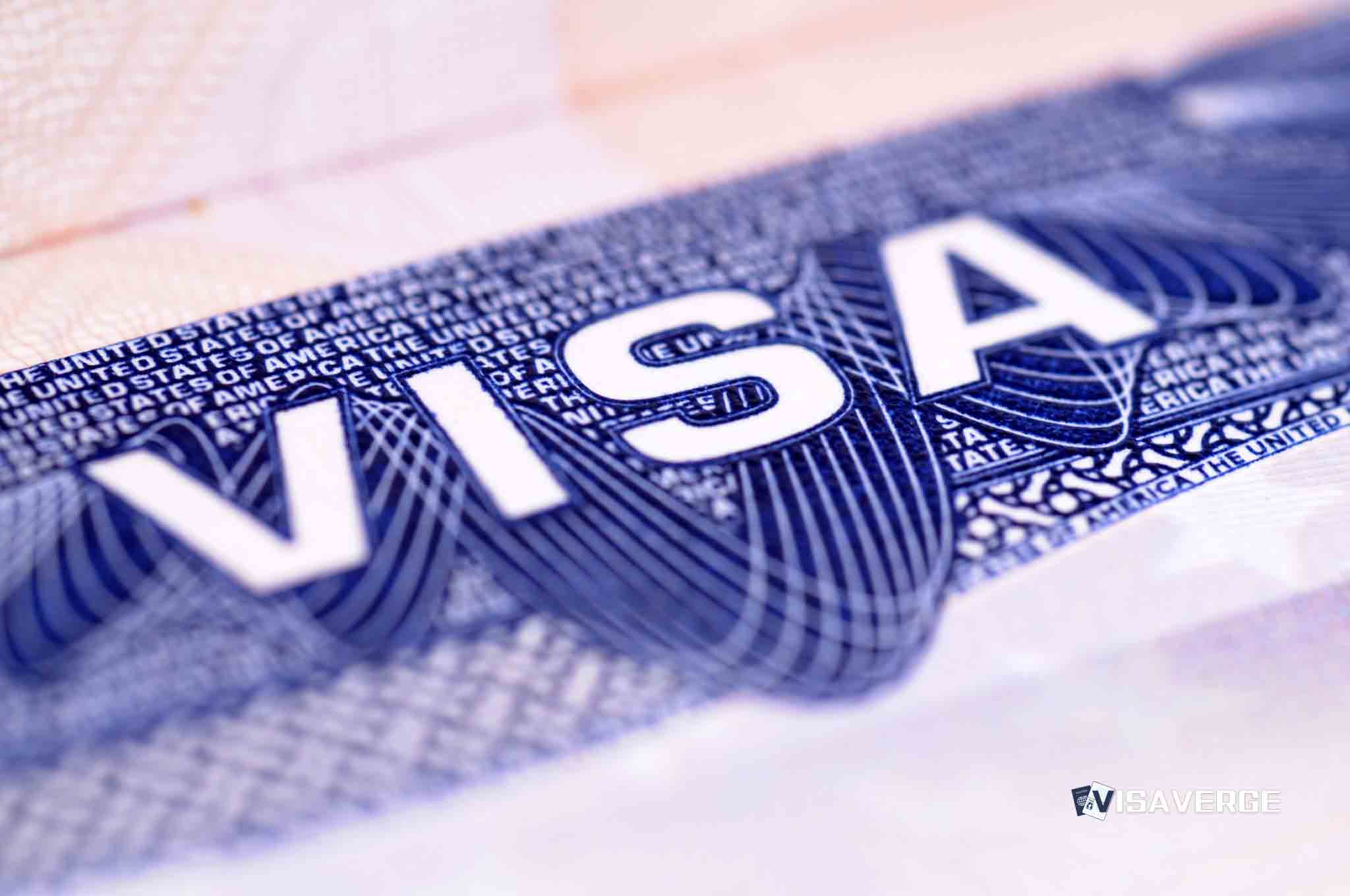Key Takeaways
- Re-entering the U.S. on an F-1 visa with pending I-130 requires proving nonimmigrant intent despite immigrant petition signals.
- Processing times for I-130 vary: 10.8 months for immediate relatives and 25 months for family preferences.
- Experts advise F-1 students to maintain strong home ties and documentation, consulting attorneys before traveling internationally.
Re-entering the United States on an unexpired F-1 visa while having a pending I-130 petition presents a challenging legal landscape for many international students. This complex scenario involves managing the conflicting requirements of nonimmigrant intent, inherent in an F-1 visa, against the long-term immigrant intent signaled by a pending I-130 petition. Each of these facets of U.S. immigration law demands detailed scrutiny to ensure compliance.
As of 2024, the U.S. Citizenship and Immigration Services (USCIS) reports processing times for Form I-130 (Petition for Alien Relative) that vary by category. Immediate relatives of U.S. citizens can expect a processing period averaging 10.8 months, while family preference categories, such as siblings of U.S. citizens, might endure waits of 25 months or more. This unpredictable timeline necessitates interim international travel for some F-1 students, posing significant challenges when navigating re-entry into the U.S.

Key to maintaining a student visa is proving nonimmigrant intent, a principle requiring F-1 visa holders to demonstrate plans to return to their home country post-study. However, despite the typically nonimmigrant nature of the F-1 visa, filing an I-130 suggests an opposite intent: seeking permanent residence in the United States. Thus, balancing these opposing signals is critical for F-1 students who need to travel internationally while their petition remains pending.
Upon re-entry, F-1 students may face heightened scrutiny from Customs and Border Protection (CBP) officers. These officers are tasked with ensuring that students still exhibit genuine nonimmigrant intent despite having a pending immigrant petition. Key factors officers might consider include robust ties to the student’s home country, evidence of academic progress, adherence to F-1 visa conditions, the length of time remaining in their educational program, and a reasonable explanation for the I-130 petition.
Moreover, trends indicate an upward swing in nonimmigrant visa issuances, with the U.S. Department of State approving about 10.4 million visas, including F-1 student visas, in fiscal year 2023. This figure represents a recovery from the challenges posed by the COVID-19 pandemic. Simultaneously, USCIS’s ongoing efforts to streamline processing times for applications have done little to alleviate the backlog, with over 5 million pending cases across various forms, including I-130, at the close of fiscal year 2023.
Immigration experts advise F-1 students with a pending I-130 to proactively affirm their nonimmigrant intent. Recommendations include solidifying ties to their homeland, maintaining comprehensive documentation that supports their eventual return post-education, succinctly articulating their nonimmigrant intent to border officials, and consulting with an immigration attorney before undertaking any travel. As reported by VisaVerge.com, experts warn that risks of denial increase as students near the end of their educational programs, hinting at a higher probability of permanent residency aspirations in the U.S.
In practice, F-1 students attempting to re-enter with a pending I-130 may encounter several outcomes at the port of entry. These range from smooth re-entry to more intensive scrutiny, such as secondary inspection, where they might be questioned thoroughly about their intent. Although rare, there is a risk of entry denial, potentially leading to the F-1 visa’s cancellation.
This situation underscores the nuanced challenge of “dual intent” in U.S. immigration policy. Unlike certain visa categories, such as the H-1B, which purposively allow for dual intent, the F-1 visa does not, creating friction for international students aspiring to transition to permanent residency post-study. The tension reflects broader policy issues, notably the U.S.’s endeavor to attract international academic talent while navigating the intricate pathways those students might take towards permanent residence.
In summary, while legally feasible to re-enter the U.S. on an unexpired F-1 visa with a pending I-130, the risks involved require F-1 students to deftly manage demonstrating nonimmigrant intent. Success hinges on maintaining strong connections to their home country and clearly outlining their plans to return after completing their studies. Given the fluid nature of immigration policies and procedures, staying updated with the latest information and seeking professional legal guidance is crucial before planning international travel. For authoritative details relating to temporary visa categories and US permanent residency pathways, the U.S. Citizenship and Immigration Services website offers a wealth of resources to assist students in navigating these complexities.
Learn Today
Nonimmigrant Intent: A requirement for visa holders, like F-1 students, to demonstrate plans to return to their home country post-study.
I-130 Petition: A form used to establish a qualifying relationship for individuals seeking to immigrate to the U.S. as relatives.
F-1 Visa: A student visa allowing foreign nationals to study in the U.S., emphasizing nonimmigrant intent.
Customs and Border Protection (CBP): U.S. agency responsible for security and facilitation of international travel and trade, including visa verification.
Dual Intent: The ability to possess both immigrant and nonimmigrant intent simultaneously, not allowed under F-1 visa policies.
This Article in a Nutshell
Navigating re-entry to the U.S. on an F-1 visa with a pending I-130 brings tension between student and immigrant intents. Students must prove strong ties to home, evidencing nonimmigrant goals. Legal advice is paramount as incorrect assumptions risk denial. Meticulous preparation ensures smoother U.S. re-entry amid these complex situations.
— By VisaVerge.com
Read more:
• Timeline from F-1 Visa to U.S. Citizenship
• Complete List of F-1 Visa Application Forms
• F-1 Visa to Green Card Process Timeline for Indian Students
• Ghana F-1 Visa Issuances Increase 15% in H1 2024
• Guide to Switching from F-1 Student Visa to F-2 Dependent Visa













